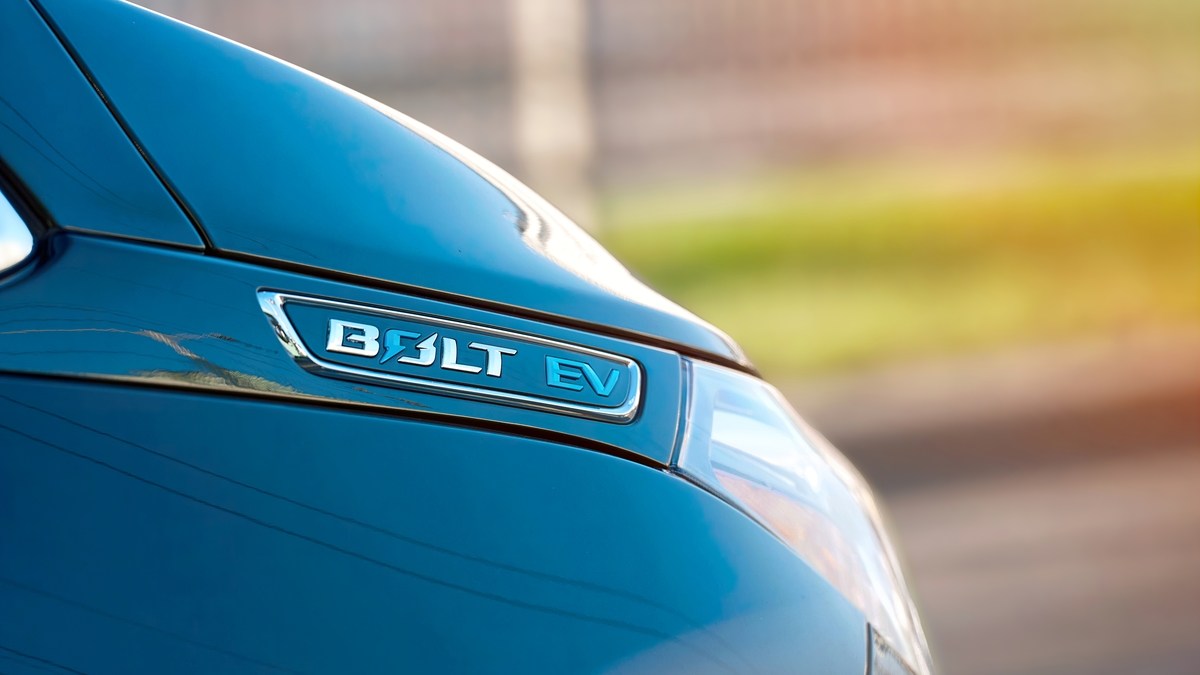The US government officially imposed the changes in the federal electric vehicle tax credit under the Inflation Reduction Act on January 1, further narrowing the list of eligible models for the up to $7,500 incentive.
Without further ado, this article will present the Internal Revenue Service’s (IRS) official list of battery-powered and plug-in hybrid models that qualify for this new year.
List of qualified models
Presented below is the full list of eligible EVs for the US federal tax credits under the IRA:
| Make | Model | Model Year | Credit Amount | MSRP Limit |
| Chevrolet | Bolt EV | 2022–2023 | $7,500 | $55,000 |
| Chevrolet | Bolt EUV | 2022–2023 | $7,500 | $55,000 |
| Chrysler | Pacifica PHEV | 2022–2024 | $7,500 | $80,000 |
| Ford | Escape Plug-in Hybrid | 2022–2024 | $3,750 | $80,000 |
| Ford | F-150 Lightning (Extended Range Battery) | 2022–2024 | $7,500 | $80,000 |
| Ford | F-150 Lightning (Standard Range Battery) | 2022–2024 | $7,500 | $80,000 |
| Jeep | Grand Cherokee PHEV 4xe | 2022–2024 | $3,750 | $80,000 |
| Jeep | Wrangler PHEV 4xe | 2022–2024 | $3,750 | $80,000 |
| Lincoln | Corsair Grand Touring | 2022–2024 | $3,750 | $80,000 |
| Rivian | R1S Dual Large | 2023–2024 | $3,750 | $80,000 |
| Rivian | R1S Quad Large | 2023–2024 | $3,750 | $80,000 |
| Rivian | R1T Dual Large | 2023–2024 | $3,750 | $80,000 |
| Rivian | R1T Dual Max | 2023–2024 | $3,750 | $80,000 |
| Rivian | R1T Quad Large | 2023–2024 | $3,750 | $80,000 |
| Tesla | Model 3 Performance | 2023–2024 | $7,500 | $55,000 |
| Tesla | Model X Long Range | 2023–2024 | $7,500 | $80,000 |
| Tesla | Model Y All-Wheel Drive | 2023–2024 | $7,500 | $80,000 |
| Tesla | Model Y Performance | 2023–2024 | $7,500 | $80,000 |
| Tesla | Model Y Rear-Wheel Drive | 2024 | $7,500 | $80,000 |
Objective
The IRS updated the electric vehicle tax credit as part of the Biden Administration’s IRA that went into effect in 2022, InsideEVs reported.
This bill establishes the government’s wide range of objectives, particularly in terms of accelerating domestic manufacturing and solidifying the supply chain for its EV industry.
In addition, the IRA also aims to cut North America’s heavy reliance on China’s battery supply by reducing the amount of EV tax credits for models with China-made batteries by half to $3,750 since its introduction last year.
Changes in 2024
The updated rules mandate that all electric vehicles with battery components from a “foreign entity of concern” (FEOC) will lose eligibility for the tax credits for both battery-powered and plug-in hybrid models.
Notably, the FEOC is apparent in its objective to eliminate models with battery components from Chinese companies. Apart from Chinese, it also includes entities “controlled by, owned by, incorporated in, headquartered in, or performing the relevant activities in a covered nation,” such as Iran, North Korea, and Russia.
It must be noted that the list may still indicate new entries, depending on the timely submission of automakers’ applications for their potentially qualified models. As per the Treasury Department officials, some automakers were still submitting the necessary paperwork at the end of the year despite setting December 18 as the deadline.
Therefore, customers must not be discouraged yet and wait on what makes the list in the coming months. As 2023 proved, the EV tax credits are subject to change and do not remain static for a long period of time.

